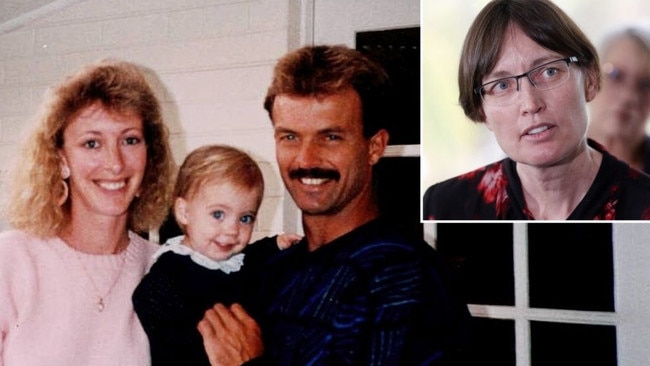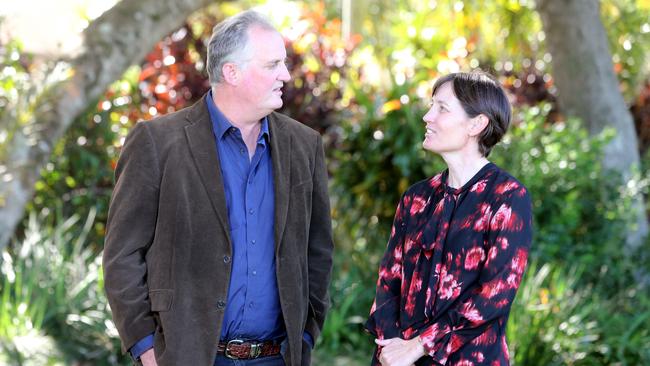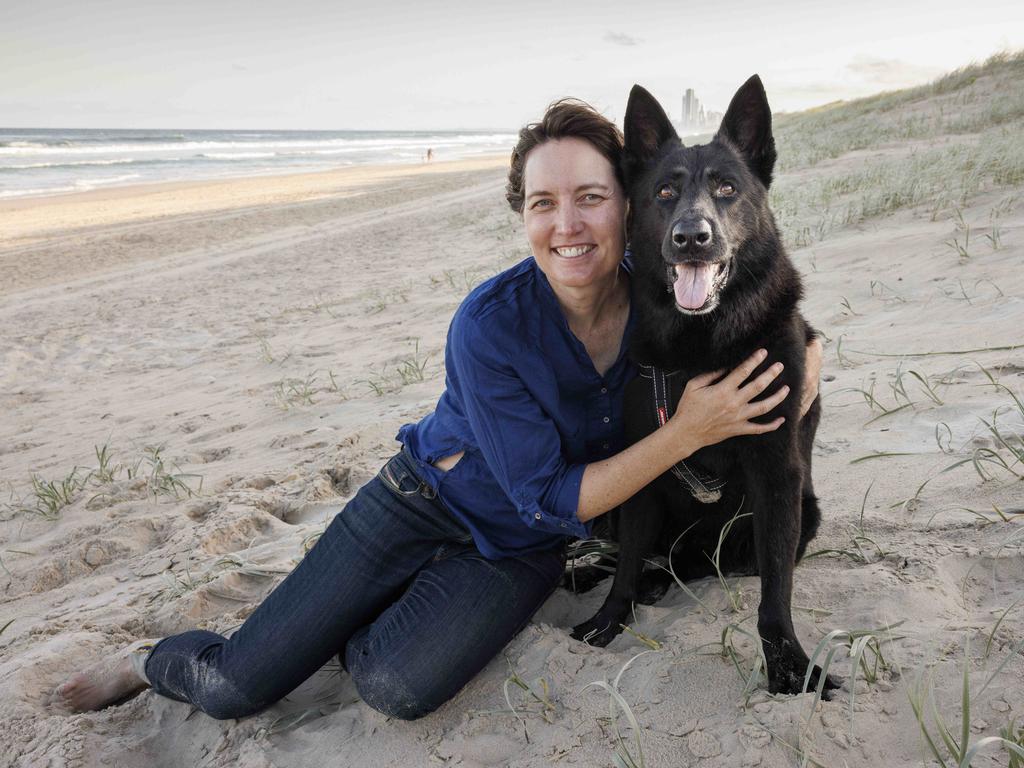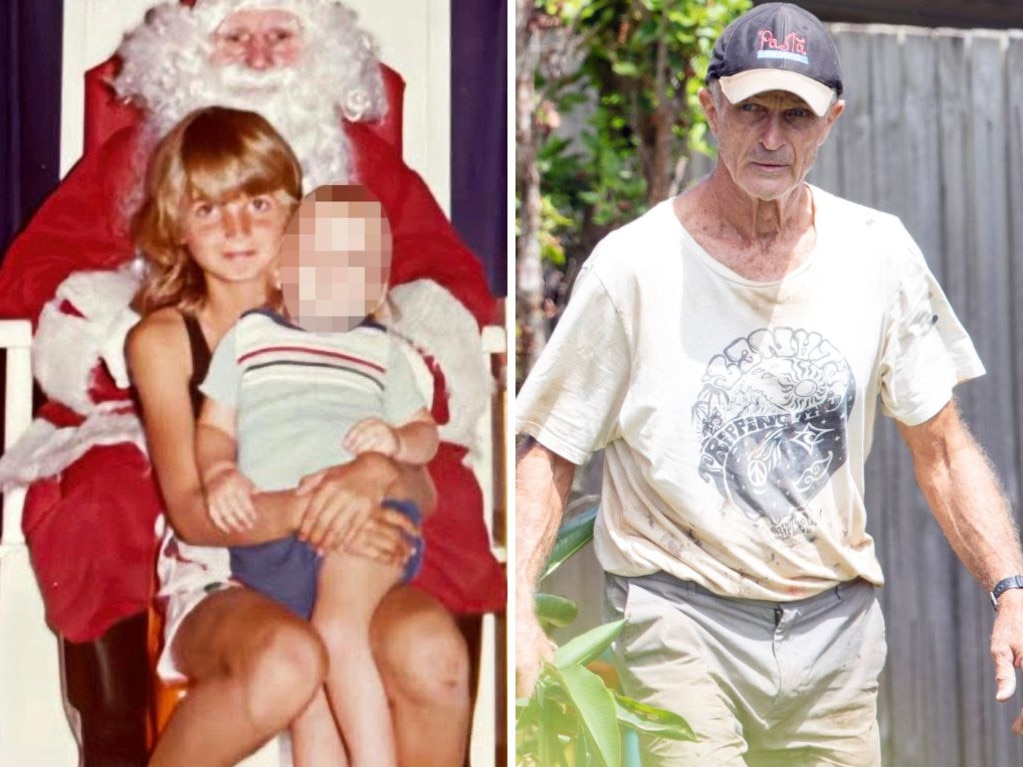Bronwyn: Kirsty Wright lashes police forensics failures at Winfield home
Kirsty Wright fears crucial evidence that could explain what happened to Bronwyn Winfield may have been lost forever.

The forensic biologist who exposed the biggest DNA disaster in Australian history said the failure of police to establish crime scenes at Jon Winfield’s Lennox Head home means crucial evidence about his wife’s disappearance could be lost forever.
Speaking to The Australian’s national chief correspondent Hedley Thomas for the investigative podcast series Bronwyn, Kirsty Wright said the Sandstone Crescent home where Bronwyn Winfield was last seen, a flat she rented in Byron Street, and the family’s Ford Falcon should have been forensically examined in the days and weeks after she vanished.
“We’ve got a young woman, a mother of two, that’s suddenly – very suddenly – in unexplained circumstances, left,” Dr Wright said. “That should have been treated with suspicion.”

Bronwyn Winfield disappeared from the Lennox Head home on May 16, 1993, leaving her two young daughters and most of her possessions behind.
Her husband, Jon Winfield, told police she walked out of the home of her own volition around 9pm that evening. She has never been seen or heard from again.
At the time, Bronwyn was treated by police as a missing person rather than a potential homicide victim, which may explain their failure to establish primary and secondary crime scenes.
“With a crime scene, you want to seal it off as quickly as possible, and that preserves any evidence that may be there,” Dr Wright said. “It preserves any evidence being lost or contaminated or removed. Ideally, you want that crime scene to be in the state as close as possible to the suspicious event.”
Mr Winfield also left the home with his daughters – Chrystal, 10, and Lauren, 5 – and their pet dog late on the evening of March 16, 1993, driving through the night to arrive in Sydney early the next morning. He maintains he had no involvement in Bronwyn’s disappearance and has never been charged in connection to it.

Neighbours who entered the home at Mr Winfield’s request in the days that followed found it to be in uncharacteristic disarray, with dirty dishes in the sink, wet laundry in the washing machine, and beds stripped of their linens.
Dr Wright said a resident’s biological matter will naturally be present throughout their property, but forensics can help to identify anomalies.
“There (is) some forensic evidence that can remain after an event or even after a clean-up,” Dr Wright said.
“There could be signs of a struggle, damage to the property, there could be items that could contain biological evidence.
“And, also, urination and defecation is a symptom of strangulation, so (the police) would be looking for any signs of those kinds of biological materials that are out of context.”

Dr Wright said fingerprint and Luminol testing technology was available to police investigating potential crime scenes in 1993 and noted DNA evidence had been used to secure criminal convictions in Australia as far back as 1988. “Identifying blood in unusual locations – unusual locations which may be consistent with transporting somebody’s body from point A to point B – absolutely should have been one of the priority areas police should have investigated,” she said.
She added police also should have forensically examined Mr Winfield, including fingernail scrapings and a review of the clothes he was wearing on the night his wife disappeared.
“They could have identified whether there was any unusual or unexplained injuries on his body,” Dr Wright said. “They should have seized Jonathan’s clothing.”
Dr Wright said police also squandered the opportunity to find evidence that could support Mr Winfield’s version of events.
“I think it’s unacceptable … even in 1993,” Dr Wright said.
“The forensic tools were there … it just seems incredible this case wasn’t properly investigated.”

Dr Kirsty Wright is an expert forensic biologist whose work has identified thousands of victims of crime and natural disasters.
In The Australian’s investigative podcast Shandee’s Story, she exposed failures at Queensland’s DNA lab that meant rapists, murderers, and other violent criminals walked free for decades.





